Expansion of Automotive Production
The Turbocharger Market is poised for growth due to the expansion of automotive production across various regions. As economies recover and consumer spending increases, automotive manufacturers are ramping up production to meet rising demand. This expansion is particularly evident in emerging markets, where the automotive sector is witnessing rapid growth. For instance, the production of passenger vehicles is projected to increase significantly, leading to a corresponding rise in the adoption of turbochargers. This trend suggests that the Turbocharger Market will benefit from the increased integration of turbocharging technology in new vehicle models.
Rising Performance Vehicle Segment
The Turbocharger Market is significantly influenced by the rising popularity of performance vehicles. Enthusiasts are increasingly seeking vehicles that offer enhanced power and acceleration, which turbochargers can provide. The performance vehicle segment has seen a marked increase in sales, with many manufacturers incorporating turbocharging technology to meet consumer demands. Data indicates that turbocharged engines are becoming standard in many high-performance models, further solidifying their presence in the Turbocharger Market. This trend is expected to continue as manufacturers innovate and develop more powerful, efficient engines.
Increasing Demand for Fuel Efficiency
The Turbocharger Market is experiencing a notable surge in demand for fuel-efficient vehicles. As consumers become more environmentally conscious, manufacturers are compelled to enhance fuel economy without sacrificing performance. Turbochargers play a pivotal role in achieving this balance, allowing smaller engines to produce more power while consuming less fuel. According to recent data, vehicles equipped with turbochargers can improve fuel efficiency by up to 20% compared to naturally aspirated engines. This trend is likely to continue as automakers strive to meet consumer expectations and regulatory requirements, thereby driving growth in the Turbocharger Market.
Technological Innovations in Turbocharging
The Turbocharger Market is benefiting from ongoing technological innovations that enhance the efficiency and performance of turbochargers. Advancements such as variable geometry turbochargers and twin-scroll designs are improving response times and reducing turbo lag. These innovations are crucial as they allow manufacturers to create engines that are not only powerful but also compliant with stringent emission regulations. The integration of smart technologies, such as electronic wastegate control, is also gaining traction, further optimizing performance. As these technologies evolve, they are likely to drive the Turbocharger Market forward, attracting both manufacturers and consumers.
Growing Interest in Hybrid and Electric Vehicles
The Turbocharger Market is witnessing a shift as interest in hybrid and electric vehicles grows. While traditionally associated with internal combustion engines, turbochargers are increasingly being integrated into hybrid systems to enhance performance and efficiency. This trend is particularly relevant as manufacturers seek to optimize the power output of smaller engines in hybrid configurations. The rise of electric vehicles, while presenting challenges, also opens opportunities for turbocharging technology in range-extending applications. As the automotive landscape evolves, the Turbocharger Market is likely to adapt, ensuring its relevance in a changing market.
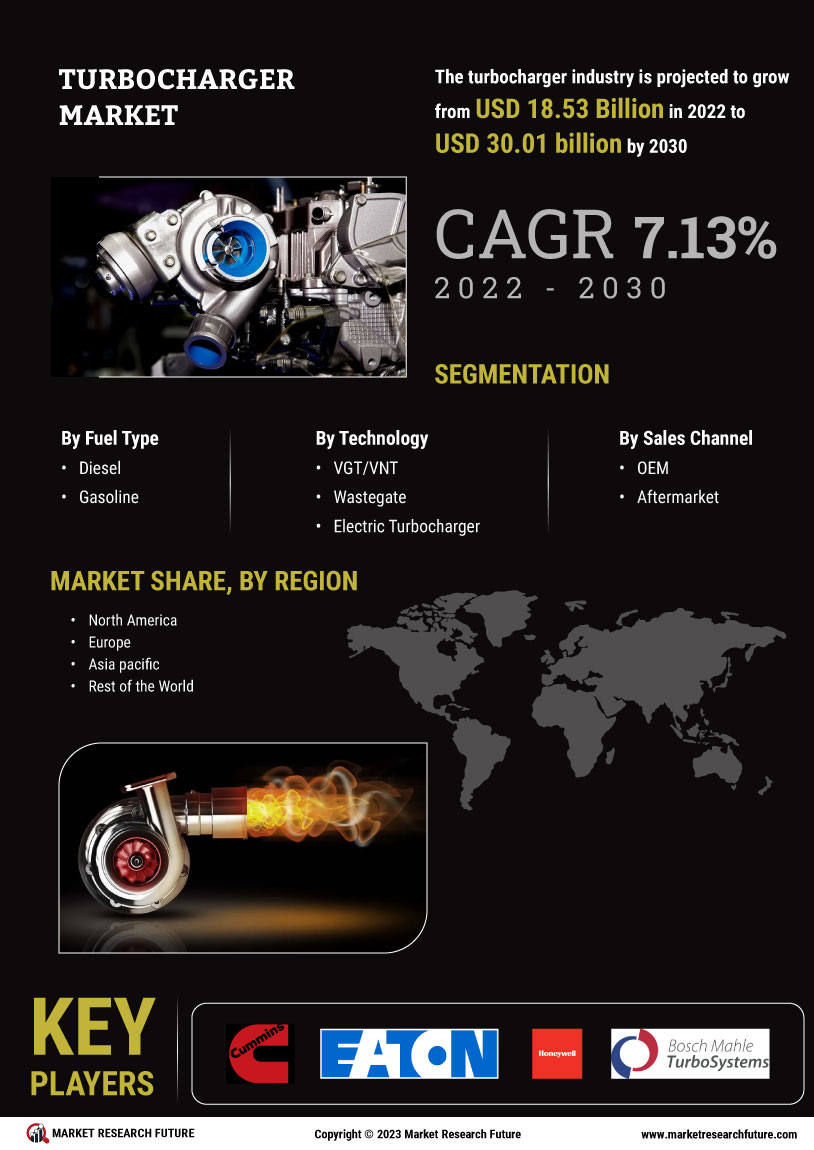

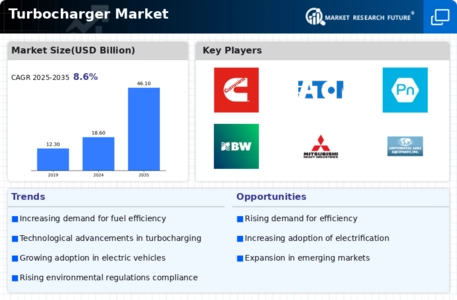
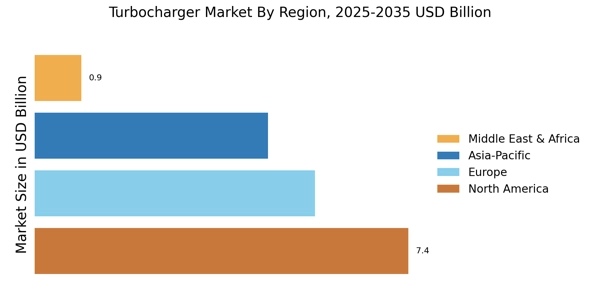
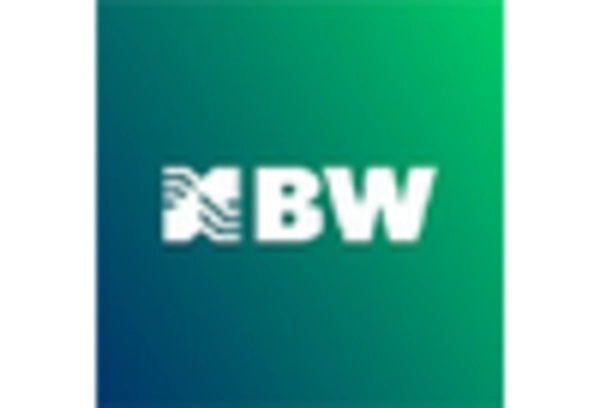
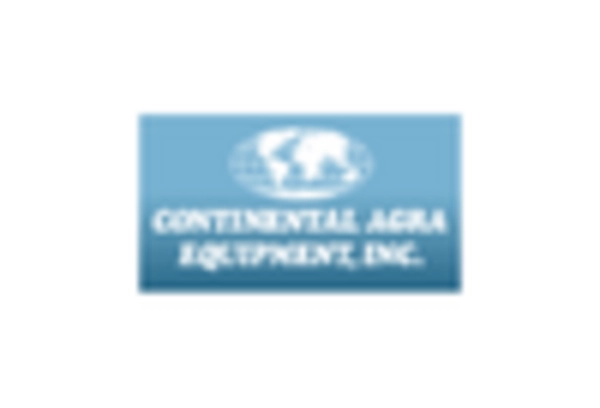
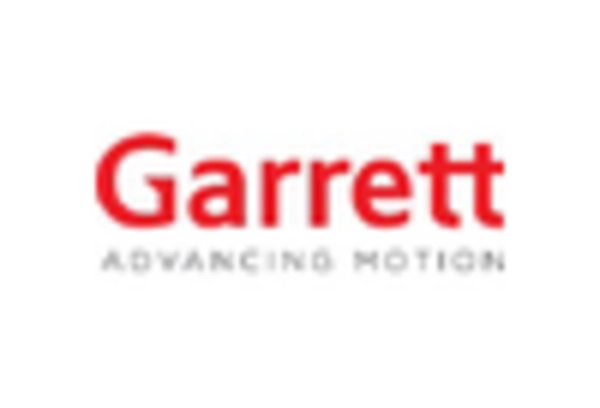
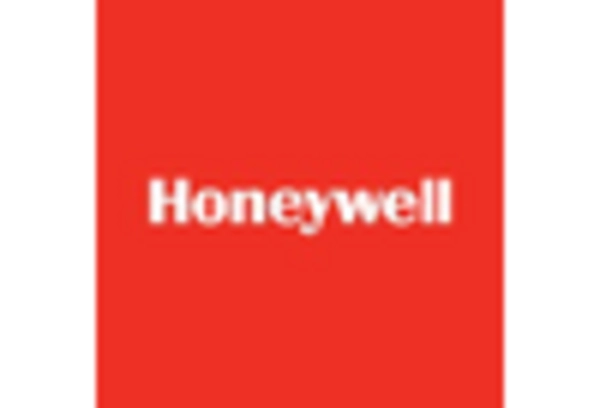
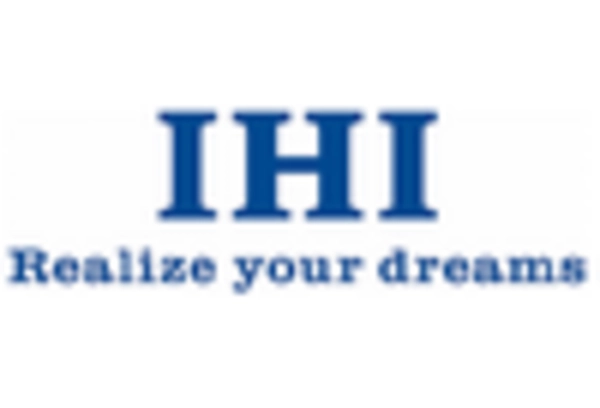
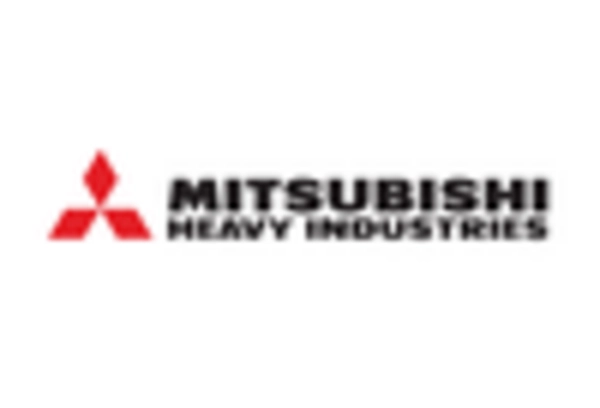








Leave a Comment